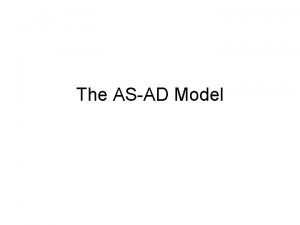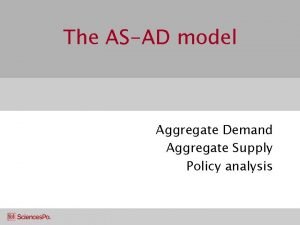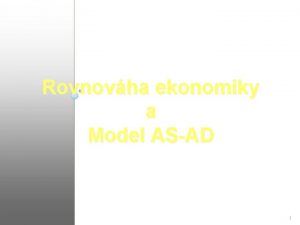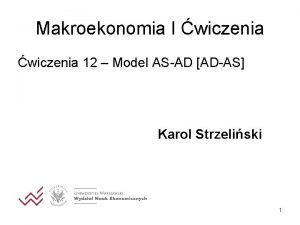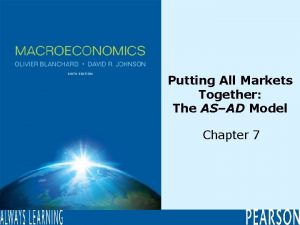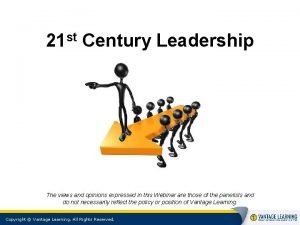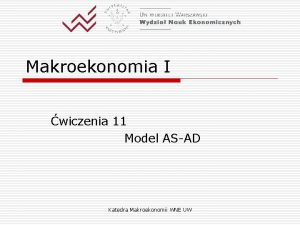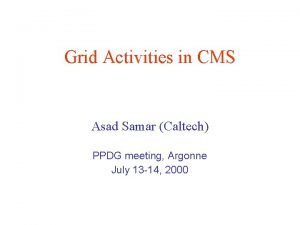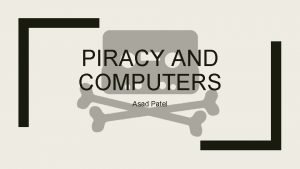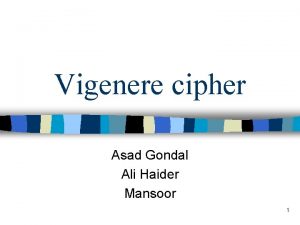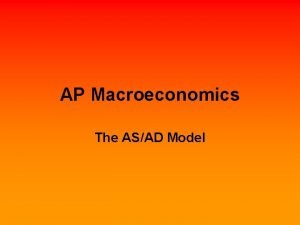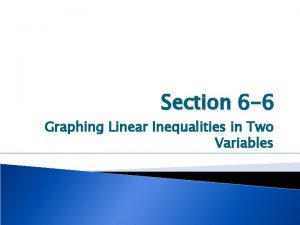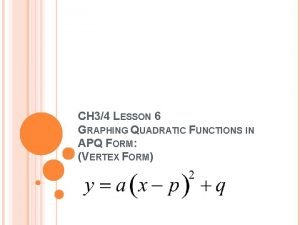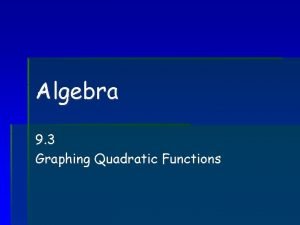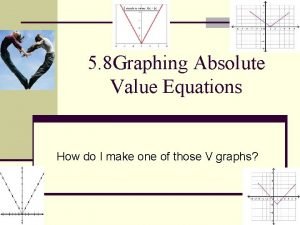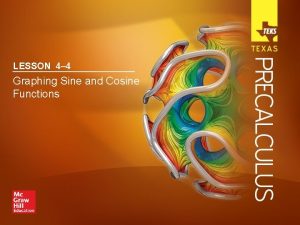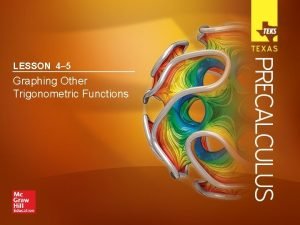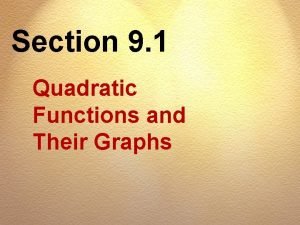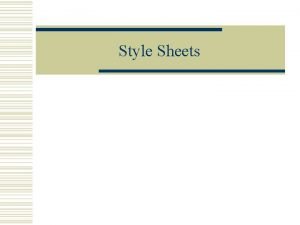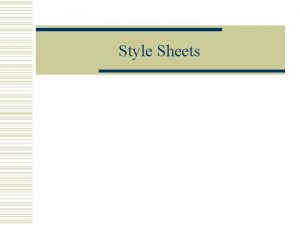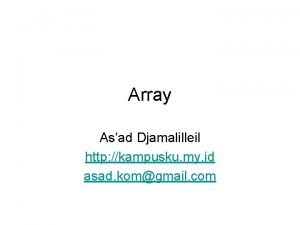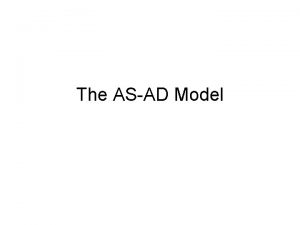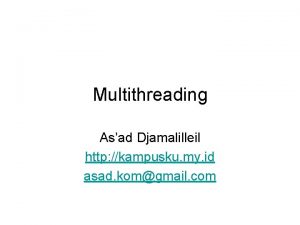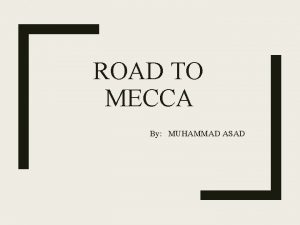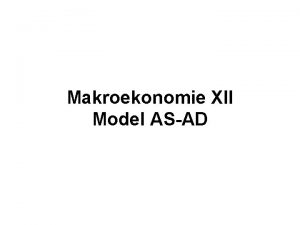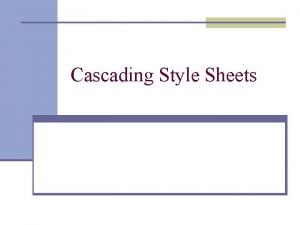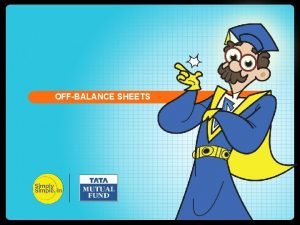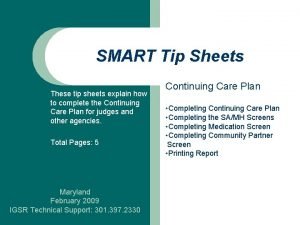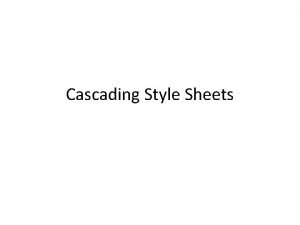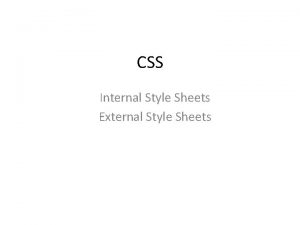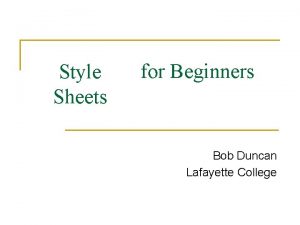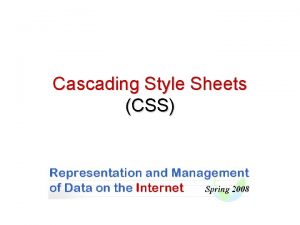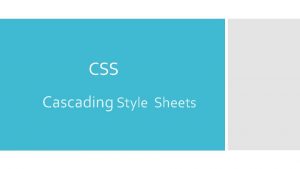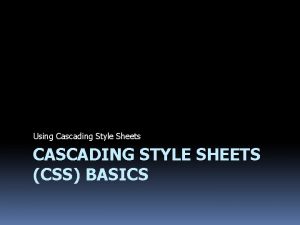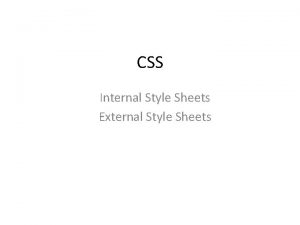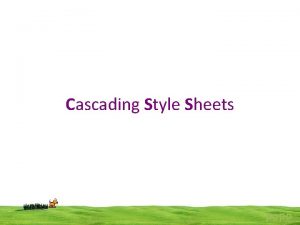Agenda ASAD Graphing Use the graphing practice sheets

























- Slides: 25

Agenda

AS-AD Graphing Use the graphing practice sheets. 1. Illustrate SPAIN operating at full employment. 2. Illustrate the SHORT-RUN effect of rising oil prices in Belgium. 3. Illustrate the effect of India going from long-run macroeconomic equilibrium to a change based on shortrun rising productivity.

FISCAL POLICY PRACTICE 1. Suppose a government cuts taxes by $30 billion and increases spending by $75 billion. This action completely closes a recessionary gap, how large was the gap? The country has an MPS of 0. 2?

Fiscal policy practice 2 Assume the economy is in long-run macroeconomic equilibrium and the following aggregate demand shock occurs. The stock market crashes, the value of the household wealth drops. This leads an output gap of $150 billion. The only government response will be a change in taxes. a. Identify the type of output gap created. b. Draw an appropriate graph, showing the changes. Label the initial and resulting equilibrium price levels and output levels. c. If the country has an MPC of 0. 75, how large of a change in taxes would be needed to completely close the gap?

Money, the Money Supply, and Money Creation

Functions of Money For something to be considered money it 1. Must be accepted as a form of payment (called a UNIT OF EXCHANGE) 2. Must store its value (it doesn’t rot, is convenient to keep) 3. Serve as a way to compare prices (unit of account)

Kinds of Money Historically, there have been different kinds 1. COMMODITY money: think actual gold or silver. 2. REPRESENTATIVE money: paper that stands for a commodity somewhere. 3. FIAT money: money by order of the government. It has value because the government says it does.

Measuring the Money Supply The money supply is defined by how LIQUID assets are. The easier assets are to be converted to cash, the more liquid they are. Money supply: cash held by the public + deposits in banks. M 1: Cash, traveler’s checks, and checkable deposits (money in checking account with checks or debit cards) M 2: M 1 + near moneys: savings accounts, small time deposits (CDs), money market accounts. These

AP Macro Suppose Thailand is currently experiencing an inflationary gap of $50 billion dollars. If the MPC is. 75, how could the government of Thailand close the gap using only government spending?


It’s a Wonderful Life: Run on the bank…

How banks CREATE money Fractional banking system: Banks do not have to keep all your money. Since banks exist to make money, they want to loan it out to earn interest. How much money can be created by a loan depends on the percentage of deposits banks have to keep, called the RESERVE RATIO. The total amount of money banks have to keep is called its REQUIRED RESERVES; the money left over is called EXCESS RESERVES.

How banks CREATE money When someone deposits money in the bank, the bank credits their account with the amount of the deposit. The bank is on the hook for that money because the customer can request their money at any time. BUT—people like keeping money in the bank and don’t take frequent withdrawals, so the bank doesn’t need to the keep it all.

How banks CREATE money The bank keeps what it is required and loans the rest out, making money for the bank in the form of interest, but ALSO adding to the money supply M 1 = currency in circulation and checkable deposits. The original deposit still exists AND the loan is now cash in circulation.

Monetary Policy: 3 Tools

Monetary Policy: 3 Tools 2. Discount Rate: Banks can borrow from the Fed to meet their reserve requirements, but have to pay interest on these loans. If the Fed increases the discount rate, it discourages banks from borrowing AND increases their costs. Banks pass this cost onto their customers, decreasing the amount of money loaned out, decreasing the money supply.

Monetary Policy: 3 Tools 3. Open Market Operations This is the main way the Fed controls the money supply. The Fed either buys bonds from banks, supplying cash to banks, which can be loaned out to increase the money supply OR The Fed sells bonds to banks, removing cash from the money supply by replacing that money with a timed security.

Monetary Policy Expansionary If the country is experiencing a recession, EXPANSIONARY MONETARY POLICY should be taken. This would be a combination of the three tools to INCREASE THE MONEY SUPPLY. If the country is experiencing high inflation, CONTRACTIONARY MONETARY POLICY should be taken. This would be a combination of the three tools to DECREASE THE MONEY SUPPLY.

Effects of Monetary Policy Depend on Demand for Money When should you hold on to money and when should you keep money in less liquid interest-bearing accounts? Holding onto money has a cost—the extra money you could be earning by collecting interest. Putting money in the bank has a cost—it is more difficult to spend today and could cause penalties if you convert to cash too early.

DEMAND for Money The demand for money is related to the interest rate. IF interest rates are high, you could earn extra cash by keeping your money in CDs, savings accounts, etc. Your demand for cash is fairly low.

DEMAND for Money The demand for money is related to the interest rate. If interest rates are low, you aren’t giving up much by keeping cash. Demand for money is greater.

GRAPH OF MONEY DEMAND Along the Y-Axis, we measure the NOMINAL INTEREST RATE. Remember, this is the rate banks charge. It is equal to the REAL INTEREST RATE + EXPECTED INFLATION RATE Along the X-Axis, we measure the QUANTITY OF MONEY

CHANGES IN MONEY DEMAND The Money Demand curve will shift IF: * THE PRICE LEVEL CHANGES If things cost more, more money is needed and demanded. • REAL GDP CHANGES IF GDP increases, Money Demand increases.

CHANGES IN MONEY DEMAND The Money Demand curve will shift IF: *TECHNOLOGY CHANGES If it’s easier to get money (ATM, Pay. Pal, etc. ), it’s not as important to keep cash. * GOVERNMENT/FED RULES CHANGE

MONEY MARKET: Both MONEY SUPPLY AND DEMAND The FED wants to have a reasonably set MONEY SUPPLY, so the money supply curve is basically a vertical line. When the FED conducts monetary policy, the money supply curve shifts left or right. This should result in a change in interest rates.
 Agenda sistemica y agenda institucional
Agenda sistemica y agenda institucional Ad makroekonomia
Ad makroekonomia Aggregate supply equation
Aggregate supply equation Ad model
Ad model Model as-ad makroekonomia
Model as-ad makroekonomia Model asad
Model asad As-ad modellen
As-ad modellen Asad model
Asad model Mariane asad doyle
Mariane asad doyle Model asad
Model asad Asad samar
Asad samar Asad software
Asad software Asad rahmani
Asad rahmani Asad model
Asad model Kasisky test
Kasisky test Lecturer asad ali
Lecturer asad ali Ad/as model
Ad/as model 5-6 skills practice graphing inequalities in two variables
5-6 skills practice graphing inequalities in two variables Graphing sine and cosine functions quiz
Graphing sine and cosine functions quiz 9-1 practice graphing quadratic functions
9-1 practice graphing quadratic functions Vertex x coordinate
Vertex x coordinate 5-8 graphing absolute value functions
5-8 graphing absolute value functions 4-4 graphing sine and cosine functions
4-4 graphing sine and cosine functions 4-5 practice graphing other trigonometric functions
4-5 practice graphing other trigonometric functions 4-1 graphing equations in slope intercept form
4-1 graphing equations in slope intercept form 9-1 practice graphing quadratic functions
9-1 practice graphing quadratic functions

